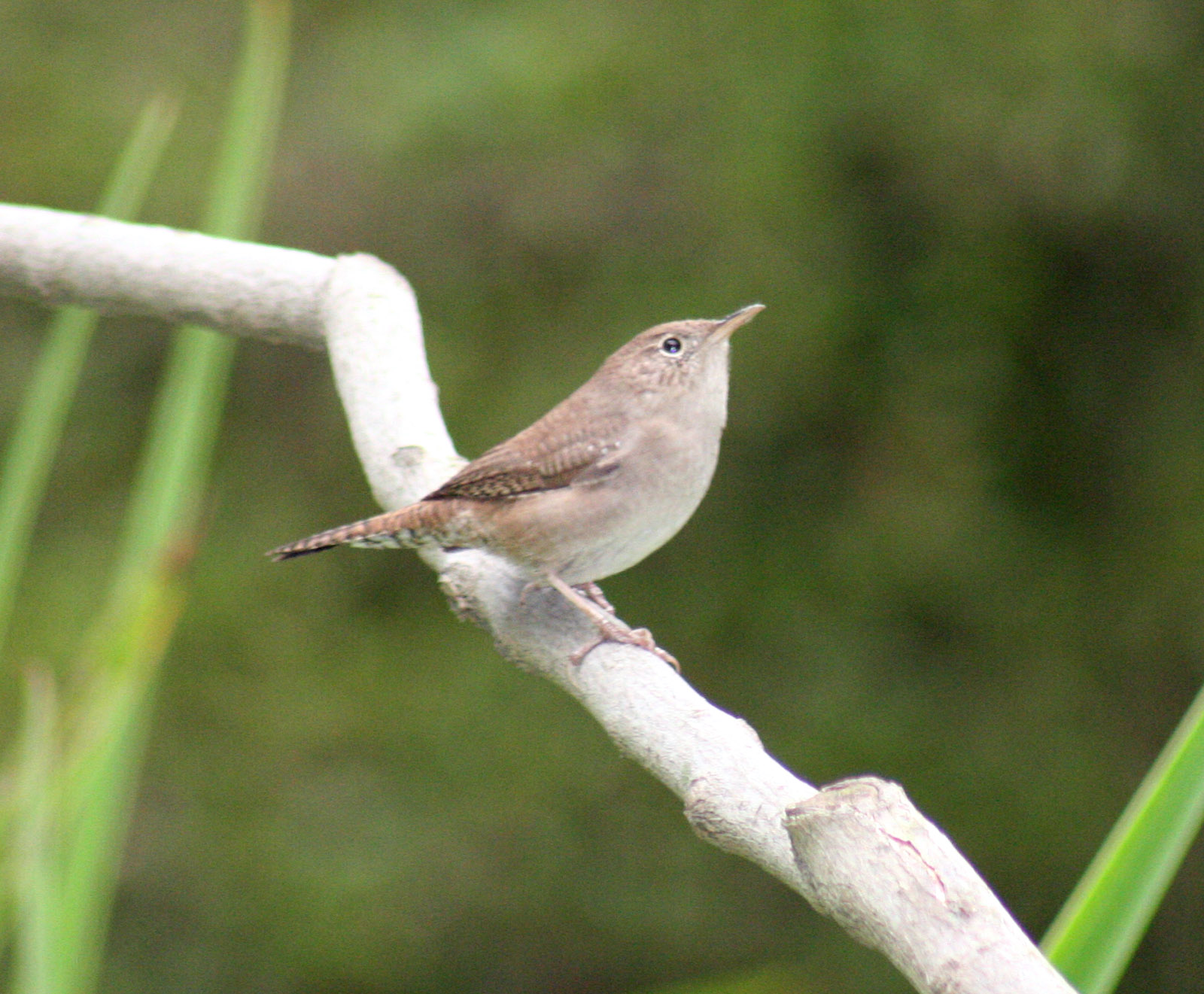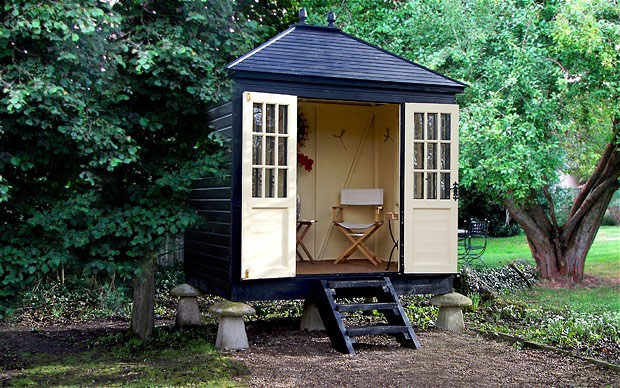Table Of Content
One problem that House Wrens have is that their nesting cavities can become infested with mites and other parasites, which can harm wren hatchlings. To combat this problem, spider egg sacs are brought into the nest by the parents. Once the baby spiders hatch, they feast on the parasites located in the nests, helping save the baby birds. She even went as far as to write her backyard wrens out of her will, stipulating that the birds be barred from breeding on her homestead even after her she was gone.
What do House Wrens Look Like?
7 Absolutely Adorable Baby Wren Photos - Birds & Blooms
7 Absolutely Adorable Baby Wren Photos.
Posted: Mon, 16 May 2022 07:00:00 GMT [source]
Like most species of wrens, they eat insects, arthropods, and spiders. To find their prey, they mainly forage on the ground and along stream banks. Look for them hopping on logs and exposed roots as they are checking crevices and beneath bark for food.

Nesting Statistics
If you spend any time at all watching these birds, you'll easily know the extent of their territory. The song of the young isn't as sure sounding as the adult males, either. This feeding behavior benefits the backyard gardener by reducing harmful pests. Partners in Flight estimates a global breeding population of 190 million.
Feeding Habits - What do House Wrens Eat
Todd Burras: Wrens really dig bluebird houses - Ames Tribune
Todd Burras: Wrens really dig bluebird houses.
Posted: Sat, 04 Dec 2021 08:00:00 GMT [source]
Some human activity does impact subspecies, particularly those on islands. In these cases, human introduced feral species like cats and rats are the primary danger. Audubon protects birds and the places they need, today and tomorrow.
Common Nesting Birds See Now →
The House Wren is subdued brown overall with darker barring on the wings and tail. The pale eyebrow that is characteristic of so many wren species is much fainter in House Wrens. It is not considered threatened by the IUCN,[1] though this would certainly not hold true for several of the island population if they turn out to be true species. Nests in tree cavities and birdhouses, where it is a strong competitor for nest sites and may evict larger birds to claim the spot for its own.
Since they mostly eat insects, you won’t see them at feeders much, but they will stop by sometimes for seed and suet. The female lays a clutch of four to eight whitish-pink, brown-speckled eggs, which she incubates for about two weeks. Interestingly, House Wren eggs have unusually thick shells, and are almost twice as strong as similar-sized eggs. This unusual shell strength is likely an adaptation to this species' egg-destroying tendencies, which extend to their own kind. Smaller and plainer than the related Carolina Wren, the House Wren is grayish-brown, with subtle barring on its wings, back, and tail, and a light (not white) eyeline. Like other wrens, the House Wren often carries its tail cocked up at a jaunty angle.

Song (Northern)
Behavior-wise, it’s common to see them quickly bobbing up and down. A plain brown bird with an effervescent voice, the House Wren is a common backyard bird over nearly the entire Western Hemisphere. Listen for its rush-and-jumble song and you’ll find this species zipping through shrubs and low tree branches, snatching at insects. House Wrens will gladly use nestboxes, or you may find their twig-filled nests in old cans, boots, or boxes, to mention a few. Consider putting up a nest box to attract a breeding pair. Attach a guard to keep predators from raiding eggs and young.
As for their personality, these wrens are noisy and extremely active. It’s common to see them flicking their long tail sideways as they hop from branch to branch. By maintaining a clean nest box, you increase the chances of attracting wrens and other cavity-nesting birds to use the birdhouse for their next brood.
They mostly hunt on the ground, probing around and under objects for prey with their thin bill. House Sparrows have been known to attack and fight over birdhouses for nest sites. The breeding season for House Wrens runs from March to July. If you want other cavity-nesting birds like Bluebirds, Purple Martins, or woodpeckers, you may want to avoid having House Wrens around. While it's fun to watch the House Wrens nesting habits, thought should be given on whether to place birdhouses for them. After choosing and rebuilding the nest, the female House Wren will lay one egg each day (sometimes skipping a day between eggs) until a clutch of 5 or 6 eggs is laid.
They live in farms, agricultural fields, parks, gardens, and backyards. These birds often utilize backyard birdfeeders as a source of food, and use manmade nest boxes to breed. Bewick’s Wrens are the most frequently spotted wrens in California, and they do not migrate. They are recorded in 18% of summer checklists and 16% of winter checklists submitted by bird watchers for the state. These birds are hard to spot in the dense reeds in the habitats in which they live. You probably will have much better luck listening for them.
During the winter, they migrate south into the southern United States, Mexico, Central America, and northern South America. Nests in nest boxes, old woodpecker nests, natural crevices, and other cavities. Forages fairly low in tree branches and shrubs, eating mainly insects and spiders. Boisterous and curious medium-sized wren with a bold white eyebrow stripe.

No comments:
Post a Comment